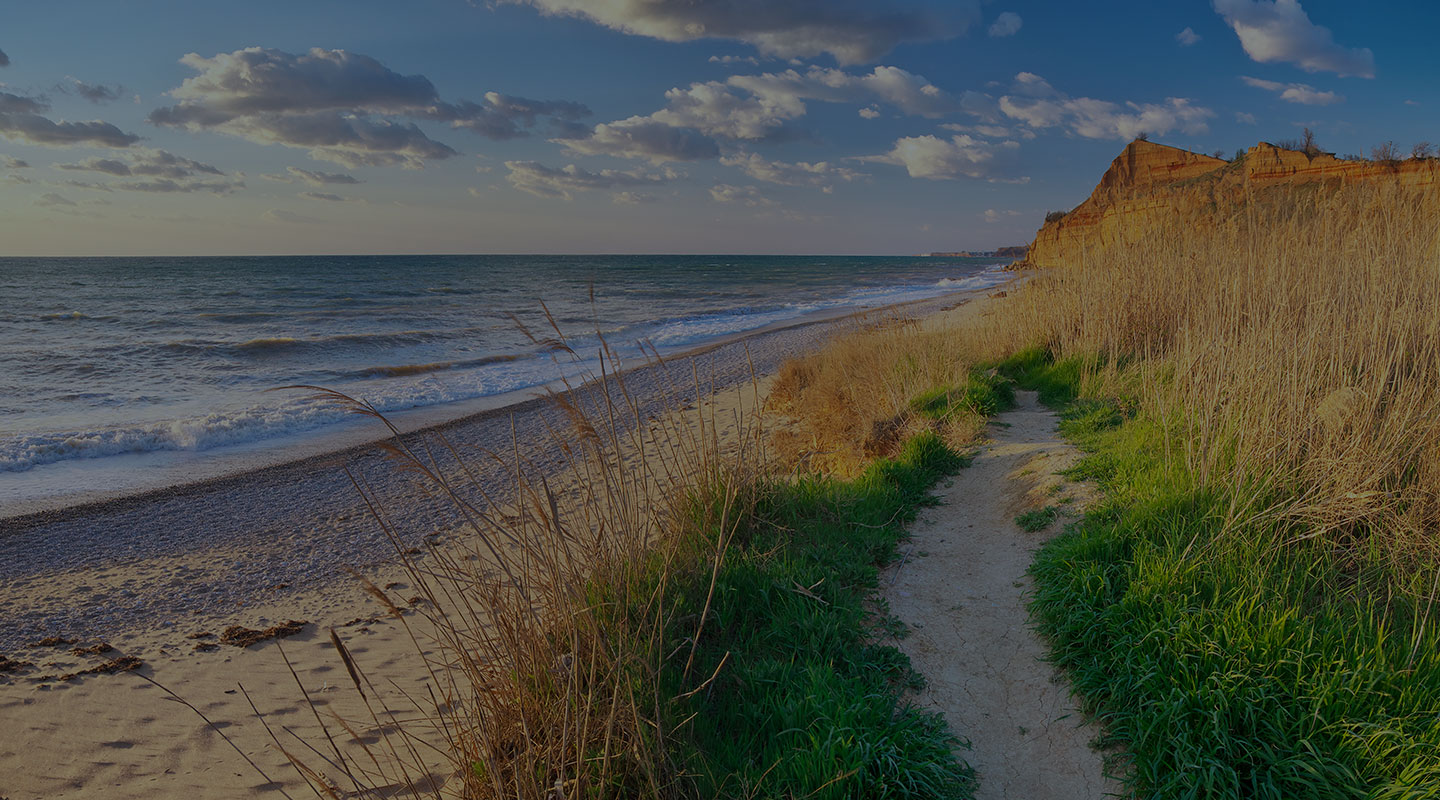Cal Poly student Dante Delaney chose to investigate local sea level rise projected impacts and possible responses for Surfrider SLO as his project for a marine conservation and policy class.
This study investigates the most effective means of combatting sea level rise (SLR) and coastal erosion in San Luis Obispo County (SLOC). We will propose viable options for SLOC based on similar case studies and various cost-benefit analyses. Climate change is widely accepted by the scientific community and is a direct cause of SLR (Nicholls & Cazenave 2010). There are two main contributing factors to rising sea levels: thermal expansion of seawater due to an increase in ocean temperature, and water inputs from land ice melts (glaciers) and land water reservoirs (Nicholls & Cazenave 2010).
The global mean sea level increased by approximately 20 cm in the 20th century alone and is expected to accelerate in the coming century (Russell 2014). The warming climate due to greenhouse gases could result in a global SLR of about two-to-seven feet (50-200 cm) in the next century (Titus et al. 2008). Consequences of SLR include but are not limited to: saltwater intrusion, habitat destruction and disappearance of coastal wetlands, coastal erosion, property damage, and infrastructure collapse leading to negative economic impacts (Nicholls & Cazenave 2010).
These issues are of critical importance for human populations because ~10% of the world population reside in low-elevation coastal zones (<10m in elevation) (Nicholls & Cazenave 2010). Read more:


